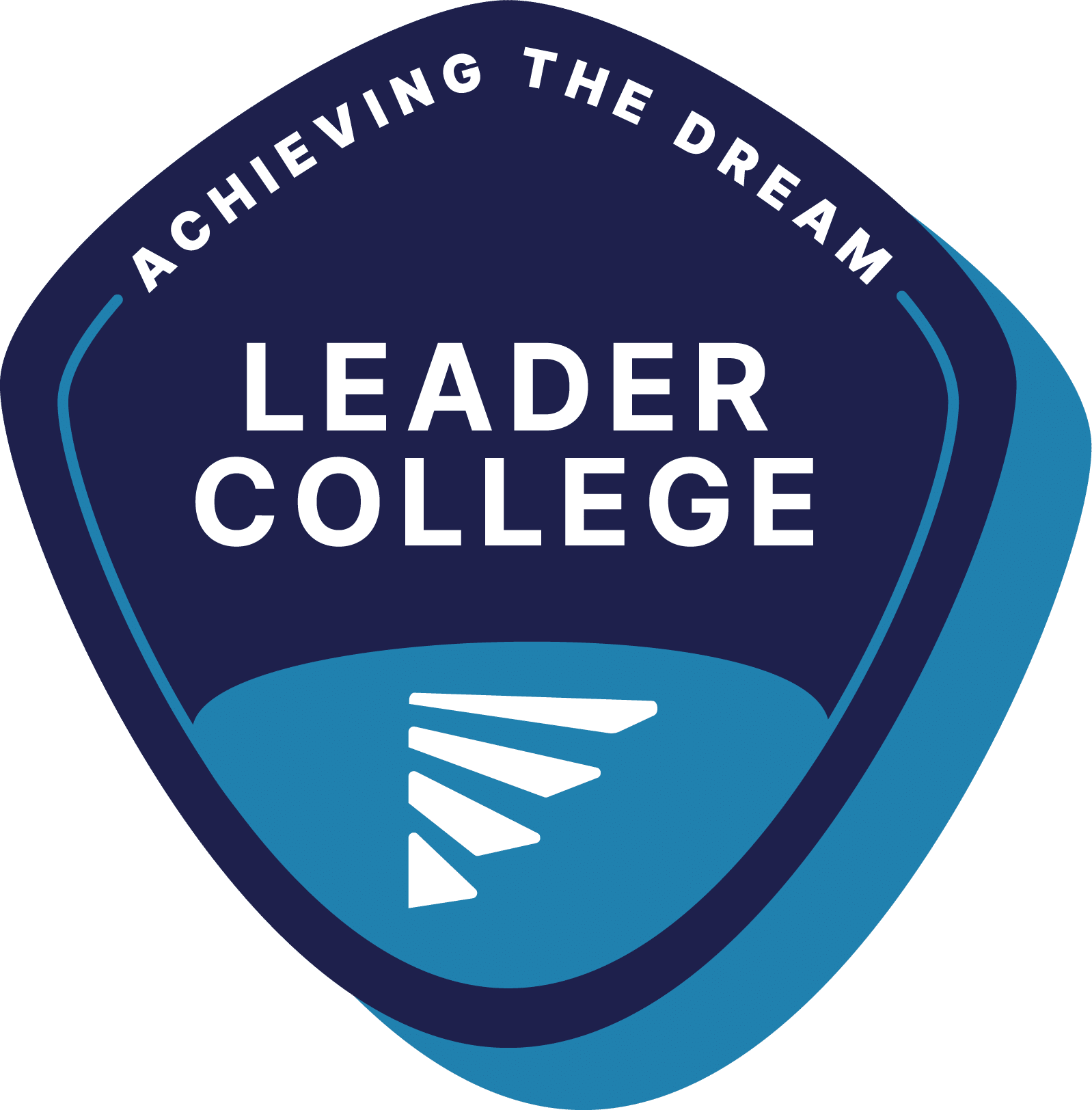BCC was a successful candidate due to its committed leadership, its equity goals aligned with those of the grant and ATD, and its preparation of a compelling argument for inclusion.
Conceived in 2004, Achieving the Dream (ATD) now leads the most comprehensive non-governmental reform movement for student success in higher education history, and its efforts are gaining attention.
ATD accepts grant applications from community colleges; BCC won a grant to become part of an ATD cohort called Building Resiliency in Rural Communities for the Future of Work.
BCC ATD Action Plan (PDF)Nearly half of all students seeking higher education choose a community college. Fewer than half of those students actually finish what they start. ATD, a national program that partners with more than 300 community colleges, including BCC, is determined to change that statistic.
Contact Us
Adam Klepetar, Vice President of Student Affairs and Enrollment Management
aklepetar@berkshirecc.edu
413-236-2140
Laurie Gordy, Vice President of Academic Affairs
lgordy@berkshirecc.edu
413-236-2103



